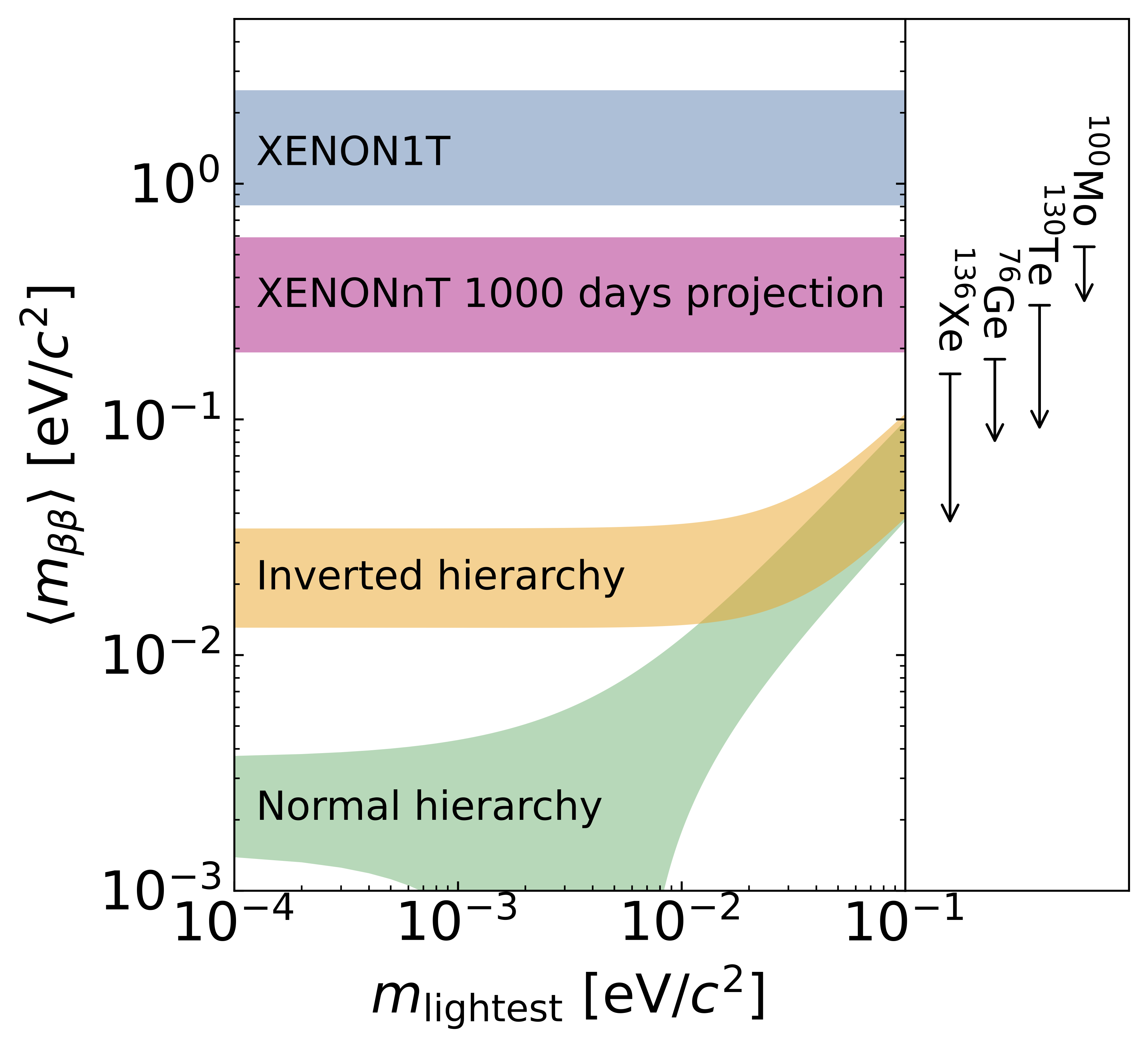Double-weak decays of Xe-124 and Xe-136 in the XENON1T and XENONnT experiments
New results on two-neutrino double-electron capture of 124Xe and neutrinoless double-beta decay of 136Xe in XENON1T and XENONnT.

New results on two-neutrino double-electron capture of 124Xe and neutrinoless double-beta decay of 136Xe in XENON1T and XENONnT have been published as an editors' suggestion in Physical Review C with group alumna Chiara Capelli and postdoc Christian Wittweg as corresponding authors.
Two-neutrino double-electron capture occurs in 124Xe and first evidence was observed by XENON1T already in 2019. Using more data and an advanced analysis, the new result exceeds the “5 sigma” discovery significance threshold. The measured half-life of the process is 1.1 × 1022 years – the longest half-life of any radioactive decay observed to date. The hypothetical neutrinoless double-beta decay of 136Xe has not been discovered in any isotope by any experiment to date. Its measurement would signify that neutrinos are their own anti-particles and could give us deeper insights on why matter kept existing after the big bang. The paper shows that XENON1T, even though it was built to search for dark matter, starts to be competitive with purpose-built experiments. XENONnT, which is currently taking data, will be even more sensitive.